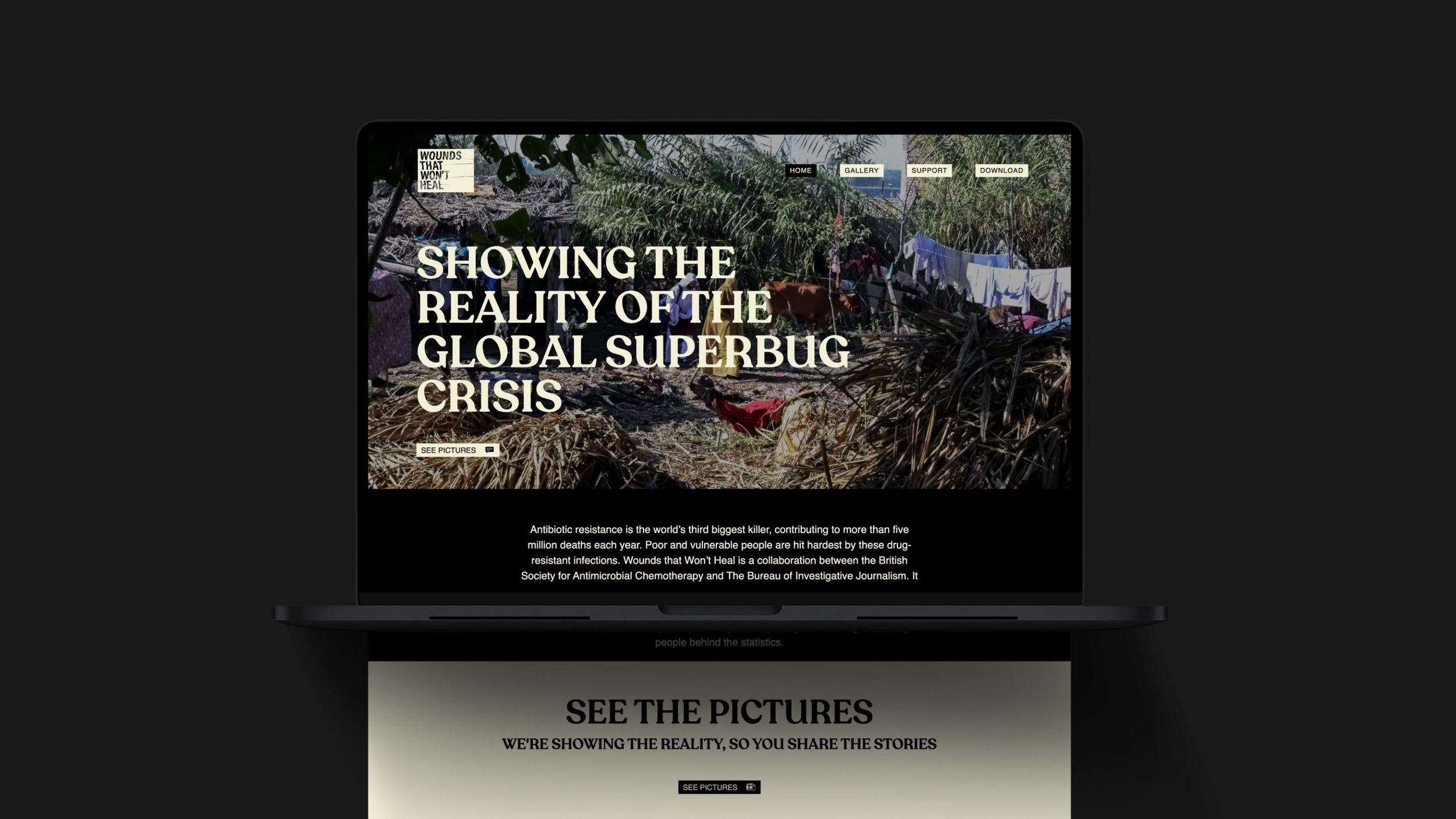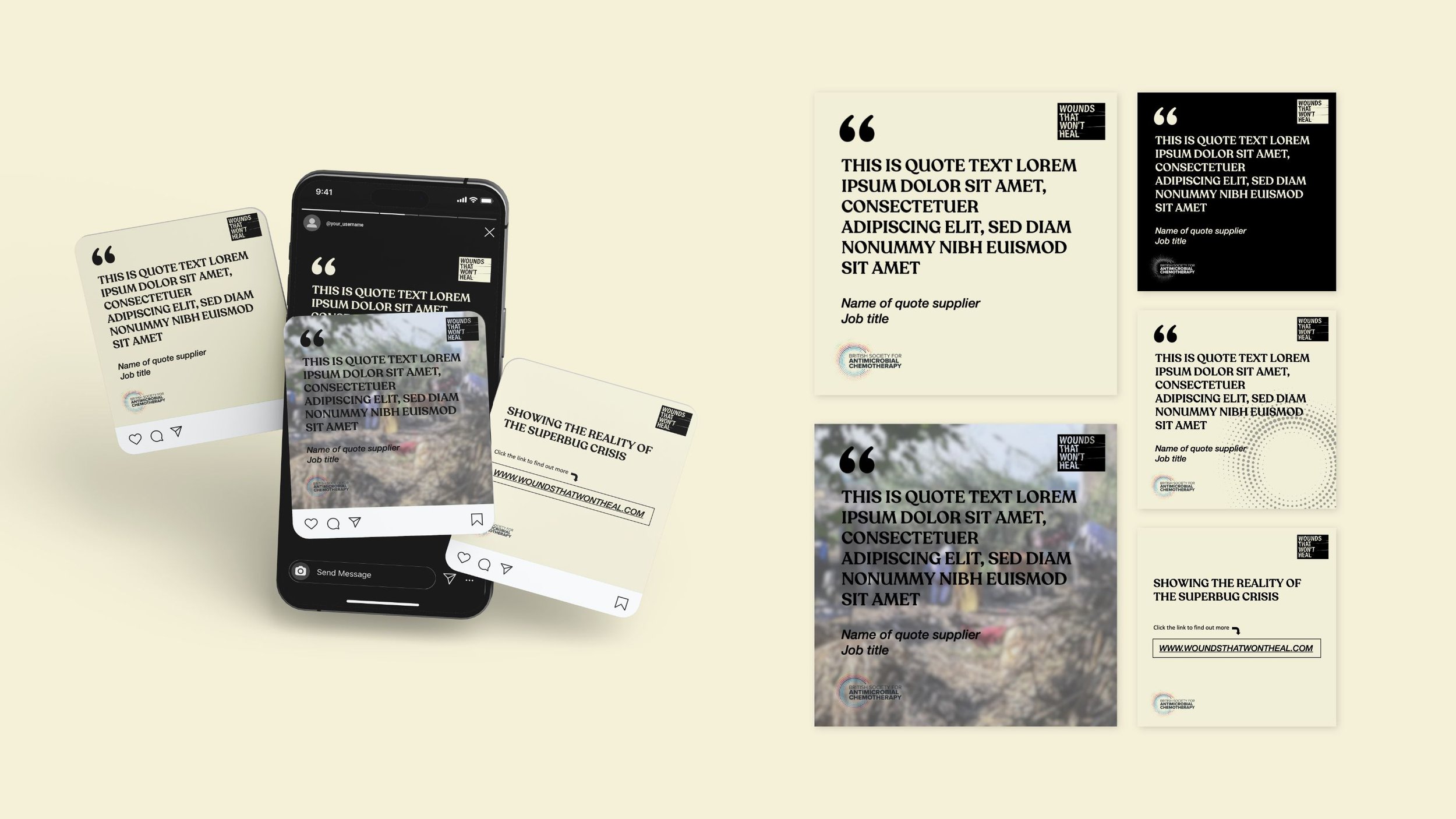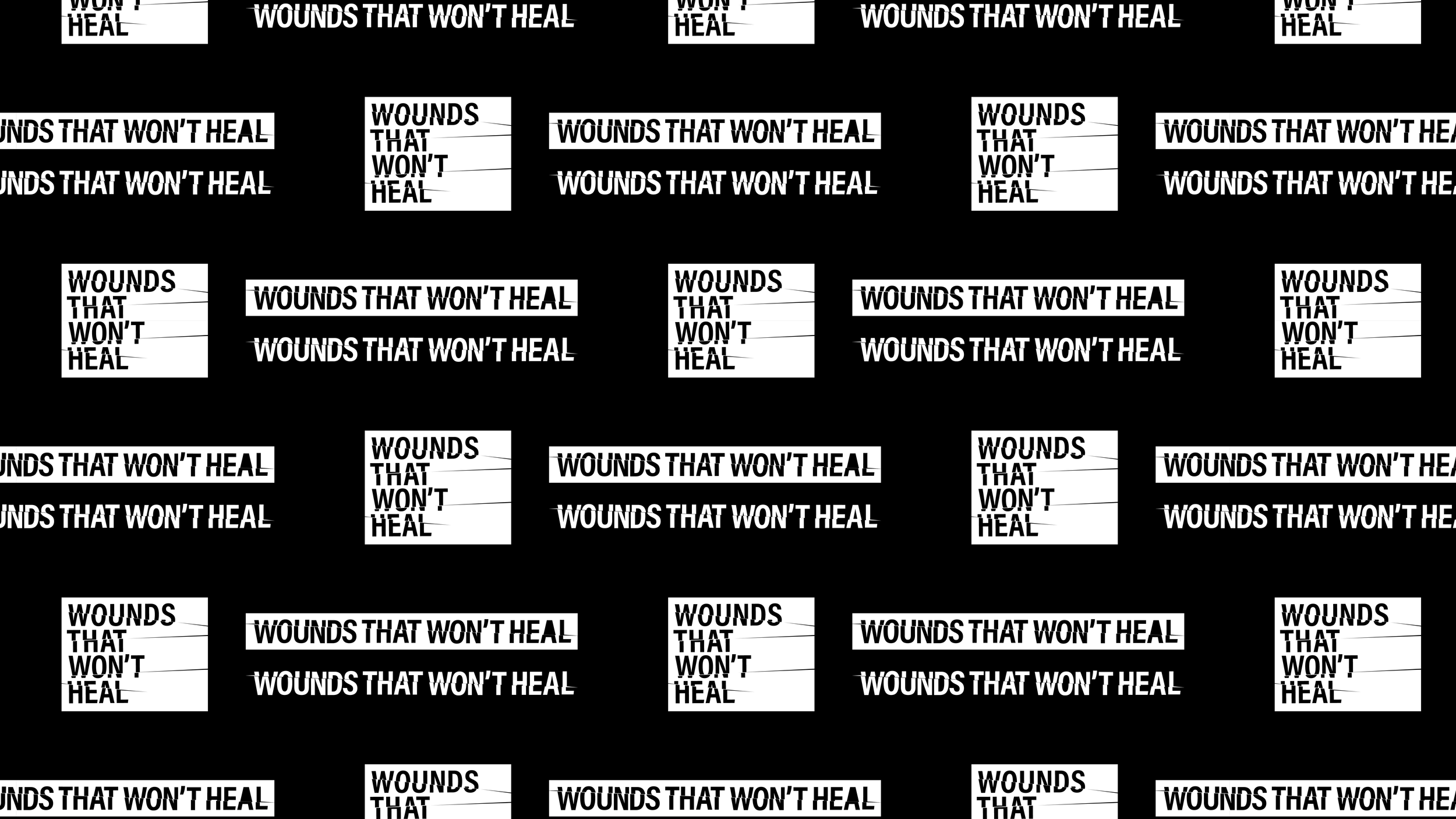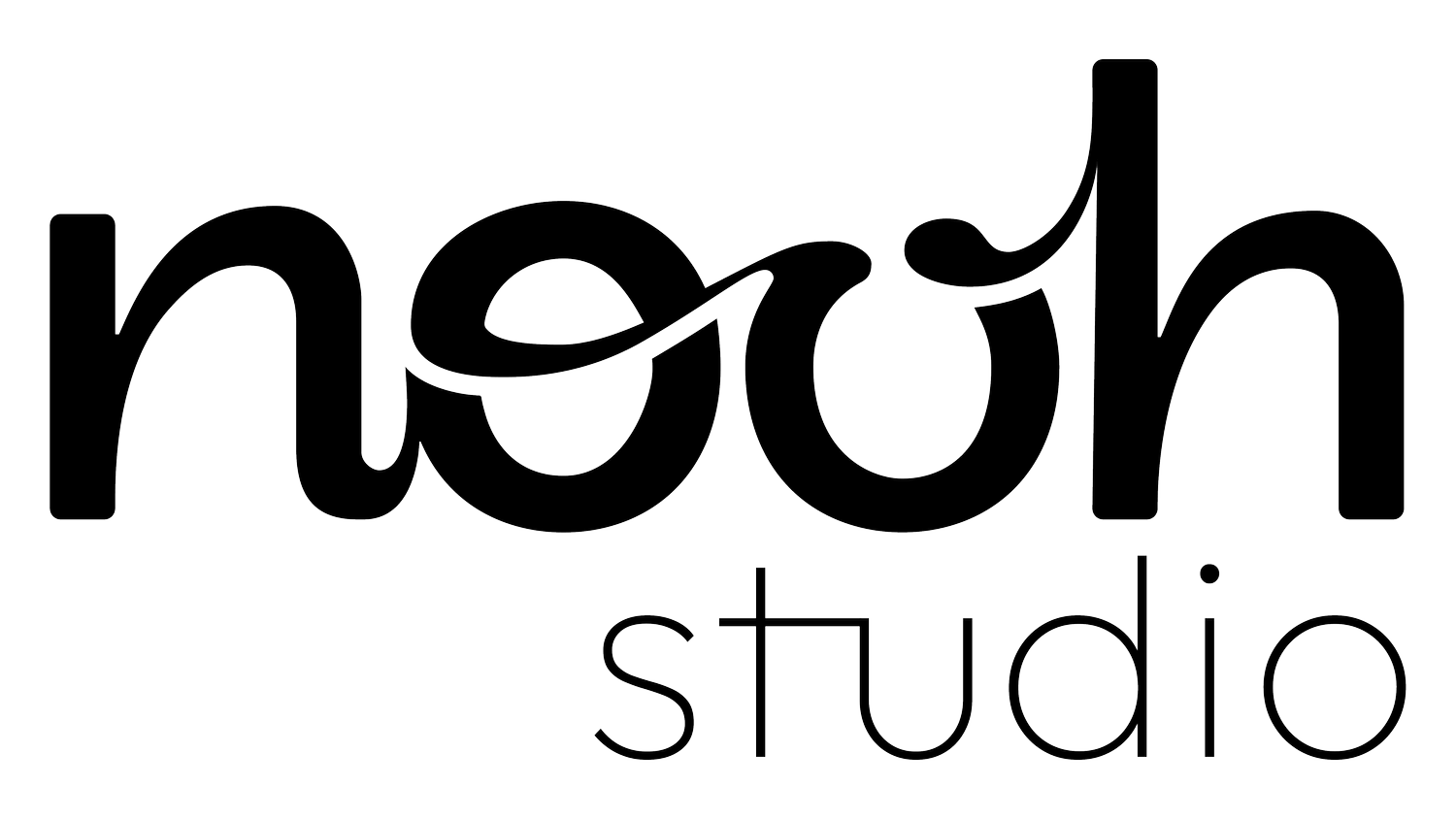Storytelling through powerful images
You may have heard that a photo tells a thousand words, and you’re not wrong. Today we are exploring how powerful imagery can make or break your design and marketing. Most importantly, we will look at how and why you should use powerful imagery to skyrocket your design.
What makes an image powerful?
Other than discussing the photography fundamentals such as exposure and shutter speed, what really makes an image powerful is its brutal authenticity.
When discussing poverty, an image of an emaciated child will invoke more emotion in a viewer than the same headline, but placed with an image of a bowl of fruit. When trying to invoke genuine emotion, we need to use genuine photos, this authenticity makes the images powerful and therefore personal to the viewer.
Why should we use powerful imagery?
We experience imagery in the blink of an eye -literally. A study by MIT researchers shows that we can identify images in as little as 13 milliseconds! While you may never click on a website, or read an article, you will be able to recognise and most likely remember imagery associated with a brand or product instantaneously.
Due to the fast processing speed for images, we also access emotions linked to them faster. This enables us to quickly form an emotional understanding of the service, charity or product, which improves customer buy in.
You can also thank an image for being easier to remember than a block of text, simply because there is “less of it” -allowing users or viewers to remember the purpose of your campaigns much faster than any social media post, article or journal!
According to an article by The Bonn Institute, images also enable a sense of trust in those viewing them. When claims are showcased next to corresponding imagery, we are more likely to believe the claim.
In summary, powerful images like the ones described above help us recognise images faster and keep our attention longer.




